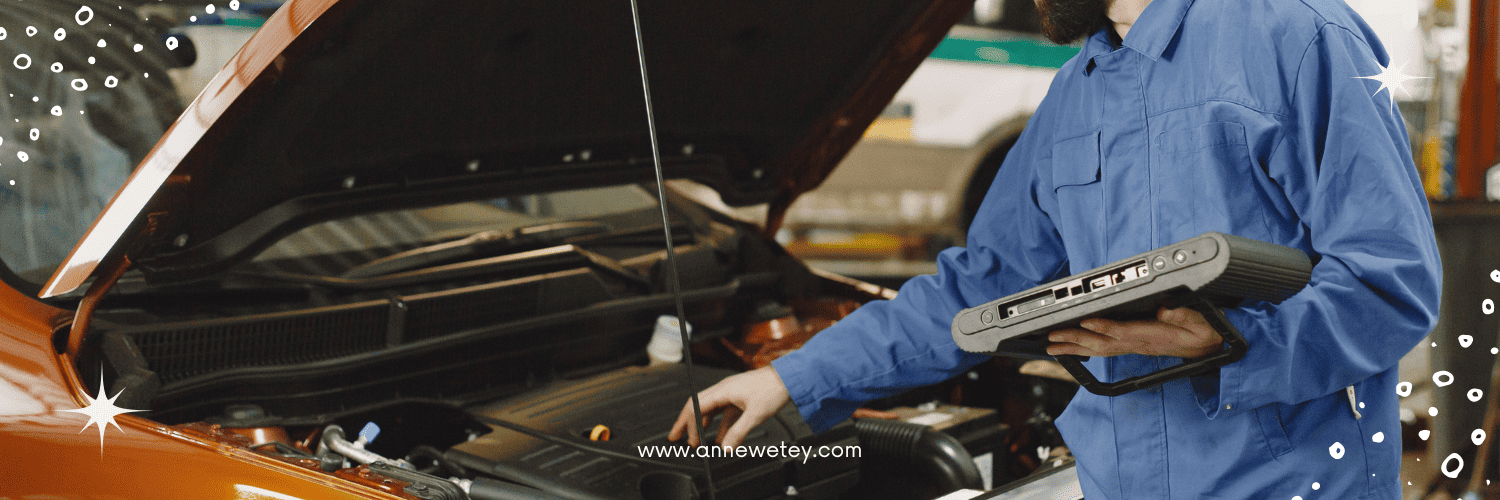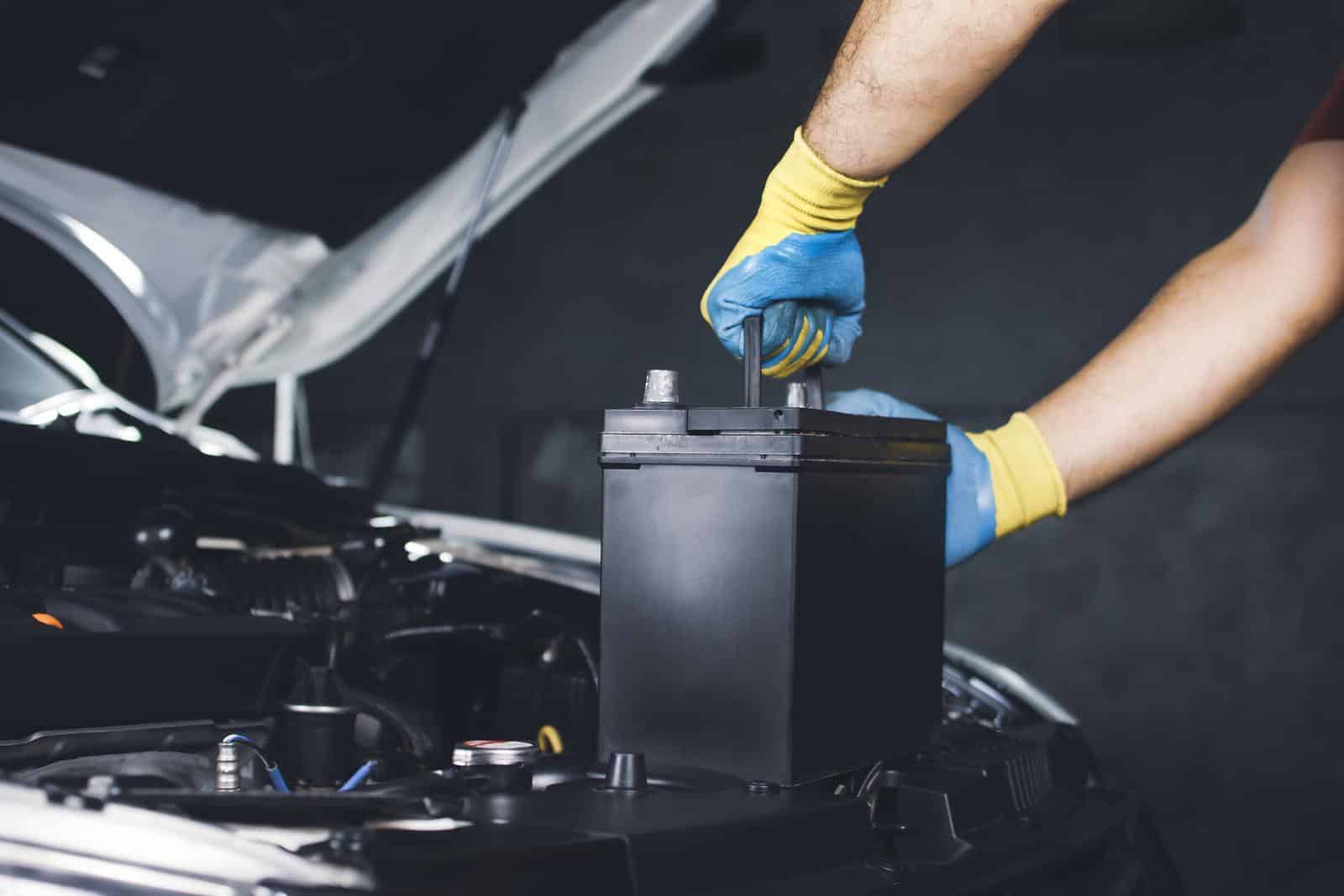Can a Flat Car Battery Recharge Itself?
Introduction
Is it possible for a flat car battery to miraculously recharge itself? Occasionally you may not be able to start your car…. but after waiting for a short time, suddenly the car starts up just fine. If your car battery goes dead, it can seem to recharge itself after a while, but what is really happening? Is it possible that you are actually damaging your battery further? Or is it a definitive sign that your car battery will need to be replaced ASAP? In this blog article, we’ll try to uncover the truth behind this phenomenon. We’ll explore the inner workings of car batteries, the factors that can influence their apparent self-recovery, and what steps you can take if you find yourself with a flat battery.
Understanding Car Batteries
First, we need to know a little bit about how and why car batteries work. An automobile battery is like a storage box for electrical energy. It helps the engine and other parts of the car work. It uses chemicals to make electricity by mixing lead plates with a liquid called electrolyte. This liquid is usually a mix of sulfuric acid and water. When the ignition is turned on the battery supplies electricity to the starter motor to turn the engine by igniting the fuel. When the car is running, the alternator turns the energy from the engine into electricity. This recharges the battery, so it’s ready for the next time the car needs to start.
Can a Flat Car Battery Recharge Itself?
Again, can a dead car battery recharge itself? The short answer, is NO. Regardless of whether the battery is sealed or unsealed, new or old, lead-acid or lithium, no battery can recharge itself without an external power source. Charging a battery always requires an external power supply.
BUT, why do batteries sometimes appear to come back to life after being flat?
Lead-acid batteries have the ability to recover (slightly) chemically after an accidental discharge, even without an external power source.
What is an “accidental” discharge?
Modern vehicles are loaded with electrical accessories and place a big load on the car battery. Examples of rapid accidental discharge include
- Leaving car lights on overnight, foRgetting to turn off accessories like the dome light, radio or headlights,
- Using electronic devices like the air conditioning or radio while the engine is off,
- Leaving car doors or trunk ajar for long periods,
- Or jump-starting another vehicle.
After you turn off the offending electronics and wait a while, your battery MAY recover chemically just enough to start the car again.
A faulty starter motor can also drain the battery rapidly, but given a little time the battery may recover enough to start the car on the next try.
However, in my experience, batteries do not show the same recovery when they are slowly discharged over a long time by a parasitic load (from faulty electrical systems) or when they lose power due to extreme hot or cold temperatures.
So, How Does a Discharged Battery Recover without Charging?
After a rapid discharge, IF a lead-acid battery is left idle for a few hours with no load or charging, it may exhibit temporary recovery known as self-discharge (NOT self-recharge). This phenomenon occurs because chemical reactions inside the battery continue to occur at a slow rate, even without external factors.
During self-discharge, lead sulfate crystals that form on the battery plates have the potential to dissolve back into the electrolyte, temporarily improving the battery’s performance. However, it’s important to note that this apparent recovery is usually short-lived. Factors such as battery age, sulfation (buildup of lead sulfate crystals), or internal damage can compromise the battery’s overall capacity and performance.
Factors Affecting Battery Self-Recovery:
-
Age: Newer healthy batteries have better recovery capabilities than older ones, as internal components degrade over time.
- Temperature: Higher temperatures can increase the likelihood of self-recovery in a discharged battery. Chemical reactions occur more rapidly in elevated temperatures, potentially aiding restoration. Cold weather reduces the efficiency of the battery. Warm the battery up after extreme weather conditions (by taking the batteries indoors or using a battery blanket) and you will have a better chance of a functional battery.
-
Battery Chemistry: Different types of battery chemistries exhibit varying self-recovery abilities. For example, lithium-ion battery pack may recover better than lead-acid battery cells or nickel-cadmium batteries because of their unique composition and design. Also, deep cycle batteries with thicker lead plates designed for solar systems and other high energy discharges are also great at self-recovery.
-
Depth of Discharge: The extent to which you have discharged a battery can affect its chance of self-recovery. Deep discharges on a regular basis may cause irreversible damage to the battery cells and decrease the capacity to regain the original charge. The depth of discharge will have an big impact on battery life span.
-
Battery Condition: Physical damage, such as cracks or leaks, and long-term degradation because of extended use, can significantly affect a battery’s self-recovery capability. If your battery is cracked or leaking, get a replacement battery.

It is important to note that, while these factors can influence battery self-recovery, the extent of recovery ultimately depends on the specific battery model and the severity of the discharge.
Steps to Take After an Accidental Discharge Has Occurred:
-
Identify the source of discharge, such as leaving lights on or forgetting to turn off accessories.
- Resolve the source of discharge by taking necessary actions, such as turning off lights or closing doors/trunk.
- Assess the battery’s condition by checking its voltage using a multimeter or battery tester. If extremely low or fully drained, recharge or jump-start may be necessary. Check out our blog post on: Why Your Car Battery Voltage is Low.
- Jump-start the vehicle using a portable jump starter or jumper cables and another car with a charged battery. Allow the engine to run for a while to recharge the battery.
- Monitor the battery’s performance. If it continues to lose charge or doesn’t hold a charge, consider replacing it.
- Seek professional help if uncertain about the battery’s condition. Professionals can diagnose any underlying issues and provide guidance.
- Invest in a trickle charger if your car is not going to be used for an extended period of time.
Can a Completely Dead Car Battery Be Recharged??
If your car battery is completely drained, it’s possible to recharge it with a dedicated battery charger and get it back up and running. A discharged battery is not necessarily a faulty battery. A healthy battery that has been discharged can quickly be recovered by charging it with an external battery charger.
The first step is to remove the battery from the car and connect it to an external power source. This can be done using a battery charger or jump-starting the car with jumper cables. If you’re using a battery charger, you’ll want to make sure you’re using the correct voltage and amperage setting for your battery. If the charger is set too high, it could cause damage to the battery. It’s important to monitor the recharge process and disconnect the charger when the battery is fully charged. For a more detailed look on this topic, read our blog post on Can a completely dead car battery be recharged?
How to Replace a Dead Car Battery
Replacing a dead car battery can be a simple task for most car owners. The first step is to look for the battery in your car. It’s usually in the engine compartment, under the hood. Once you’ve located the battery, you’ll need to disconnect the negative and positive cables. Then, remove the battery from the car and take it to an auto parts store for disposal. Next, purchase a new battery that has the same voltage and amperage as the old one. Once you have the new battery, place it in the car, hook up the battery terminals to the negative and positive cables, and start the car. You should now have a functioning battery. For more details find our blog post on How to Safely Change Your Car Battery
Does idling charge a car battery?
Short answer: Yes, idling charges your car battery… If the alternator is in good condition, the engine’s electricity will trickle down and charge the car battery. However, it is important to note that there are limits on how much of a charge you can get from idling alone. If you’re trying to charge a dead battery, you’ll need to drive for at least 1530 minutes at highway speeds so that the alternator has enough time to fully recharge it. For more on this, check out our article: Is Idling an Effective Way to Charge Your Car Battery?
Author Bio: Victor Jaxen is a highly experienced Sales and Marketing Manager in the automotive industry. With over twenty years of experience, he has demonstrated expertise in customer service, automotive engineering, and car batteries and electrical systems. Holding a Master of Engineering – MEng degree in Manufacturing Engineering from Cardiff University / Prifysgol Caerdydd, Victor is passionate about delivering exceptional results and utilizing his skills to drive business growth. With his comprehensive knowledge and understanding of the automotive industry, Victor provides accurate and reliable information on a wide range of topics, including car batteries and electrical systems. Stay tuned to annewetey.com for valuable insights and industry expertise from Victor Jaxen!


 Previous Post
Previous Post Next Post
Next Post
